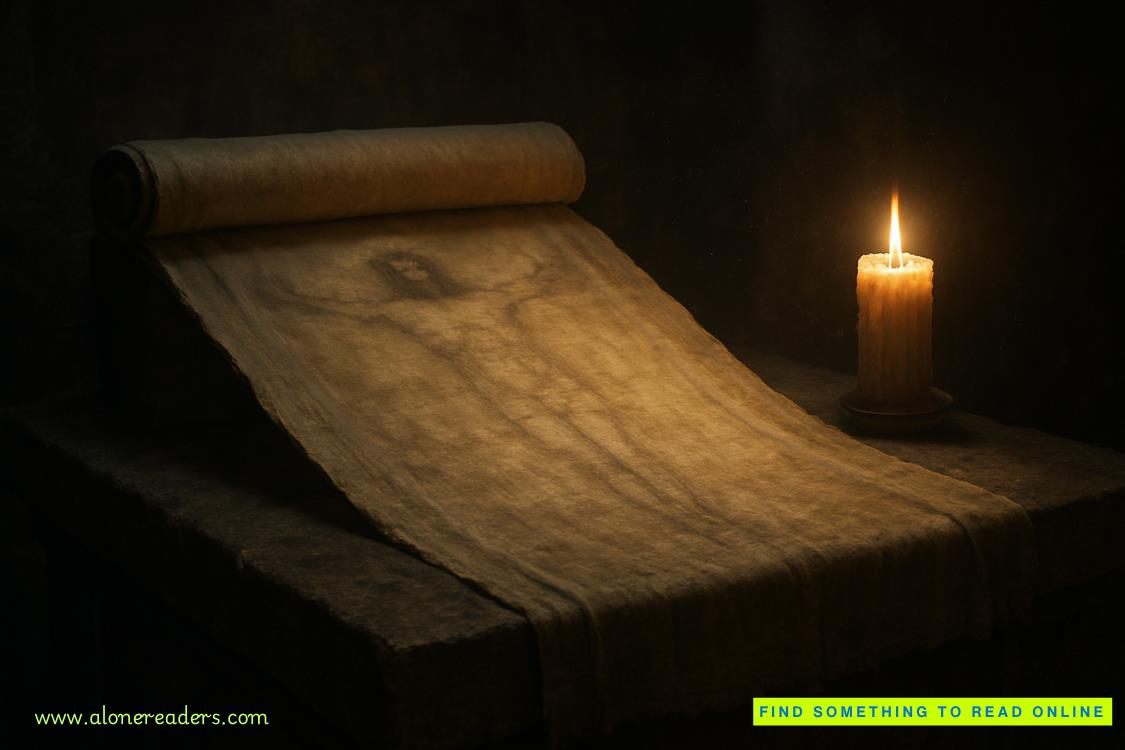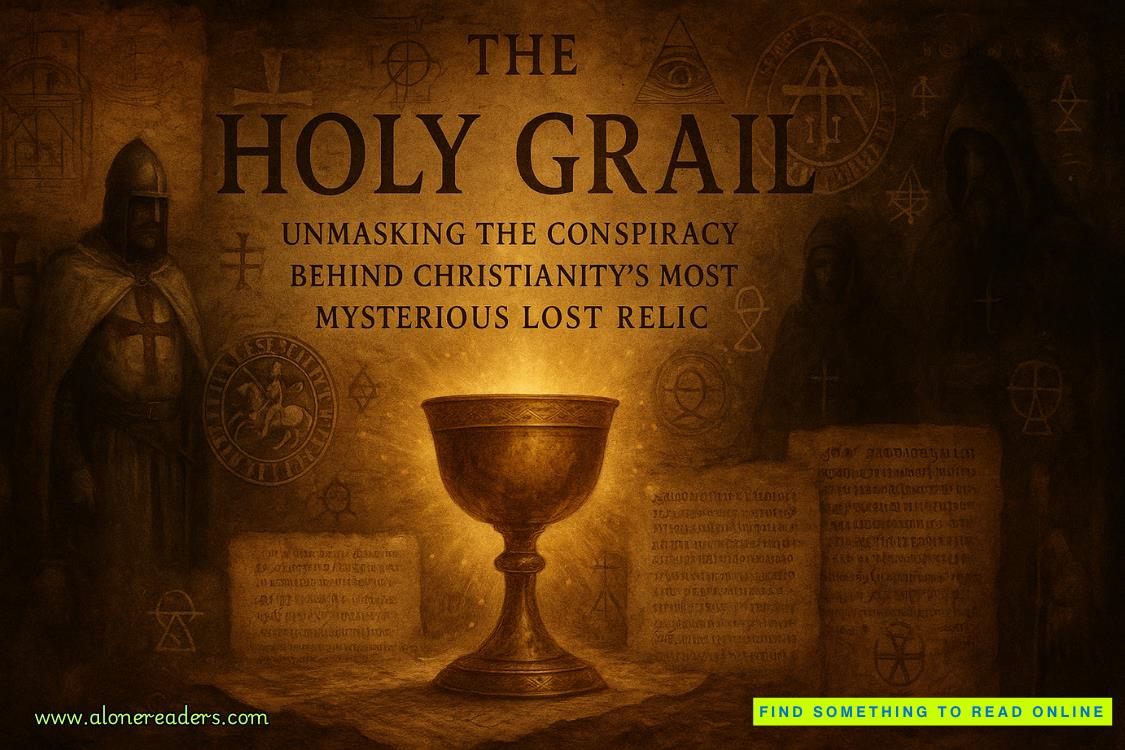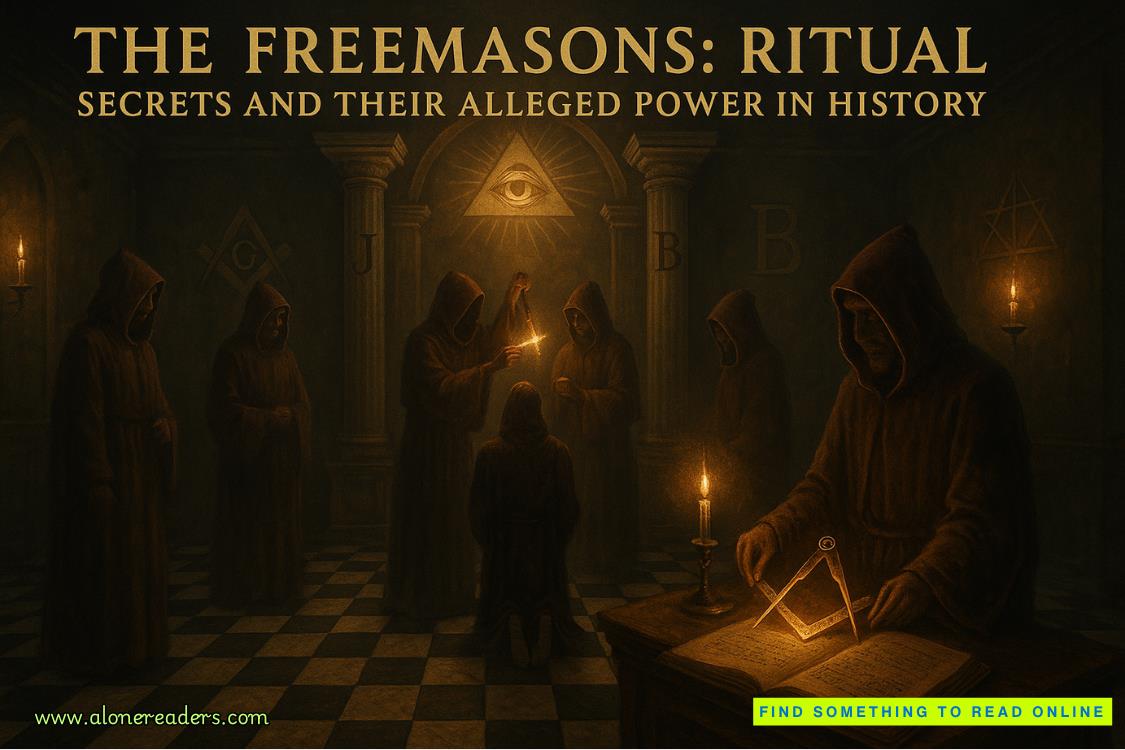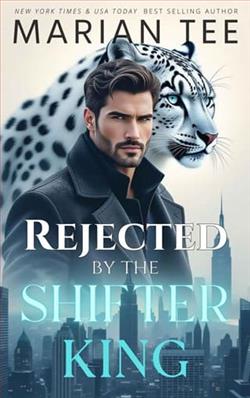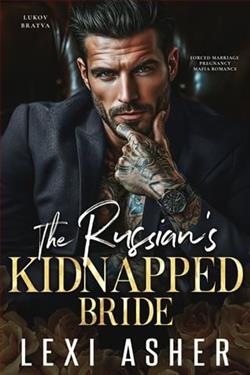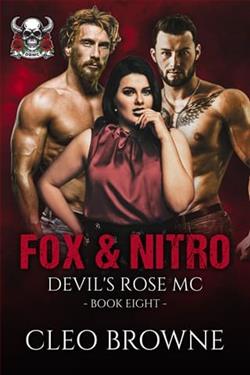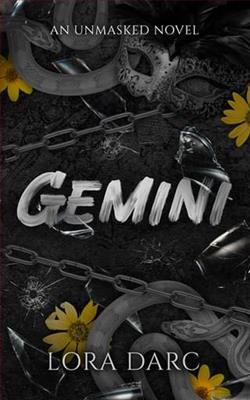Page 5 of Just Watch Me (Riley Wolfe 1)
The Fed stood up and looked at them. “Special Agent Frank Delgado,” he said.
“Yeah, well, lookit, Mr. Delgado. Special Agent, whatever,” Kirkaldi said. “The guy’s in Rio or something by now. You’re never gonna catch him now.”
Special Agent Delgado looked at Kirkaldi without a word, holding his gaze a little too long. Then he turned away and looked out over the lake.
“I already know who he is,” Delgado said. He turned back around to face the two guards, and there was something new in his eyes. “His name is Riley Wolfe.”
CHAPTER
2
Iadmit I was surprised. Iran is not at all like what you hear on the news. But there it is—it turns out it’s not a mean, scary, hostile place where they’re all lying in ambush ready to gut every ferenghi infidel who comes in reach. In fact, a lot of the people are friendly and ready to help you find things. Just stay away from the Revolutionary Guards. These are the guys who must have started all the stories about hostile natives. They really don’t like you, and they’re not shy about letting you know it.
Everybody else? They’re proud of their history and happy to show it off to you. And holy shit, do they have history. Not stuff they teach you in school, either—at least, not any school I went to. For starters, Iran, which used to be called Persia, was once the biggest empire the world has ever seen. It was ruled by the Great King, and he was no dummy. Every place he conquered, he set up a governor—a satrap. He’d choose some local guy so his new subjects wouldn’t get all up in their feelings. And he let the conquered people keep their own religion and customs—just as long as they paid tribute and loyalty to the Great King. Smart—and it made the Persian Empire a pretty good place to live, considering what things were like back then. It also brought in a lot of tribute.
Important historical note? “Tribute” means “treasure.” Like silver, gold, and jewels. And it poured into the empire for hundreds of years.
But the empire died, and the new Persia was Iran, which was an Islamic Republic. That meant they were guided by their interpretation of Islam. So they got rid of most of the corrupt, pre-Muslim trappings of the old Persian Empire—except for one really important item:
The Crown Jewels of the Persian Empire.
Remember all that tribute the Great King raked in? Like I said, a lot of it was jewels. And I don’t mean cute little diamond chips like you save up for to give your girlfriend. Because the Great King made people really nervous back then. If you pissed him off, he could come down on you with the best fighters in the world, of which he had over a hundred thousand.
This was a time when “soldier” usually meant a farmer who owned a sword. And an “army” was maybe three or four thousand of these guys.
But the Great King’s soldiers were full-time killers, trained from birth. So picture this: You flip the finger to the Great King, skip your tribute. And all of a sudden you and a few of your buddies are standing in a line and holding pitchforks, while ten thousand armored Persians on thoroughbred horses ride down at you shooting arrows. And those guys could all put an arrow through a wedding ring while they were riding full speed.
So most of the conquered people stayed serious about the whole tribute business. They even competed to see who could send the Great King the coolest stuff. And when they sent him jewels, they sent him JEWELS. Huge gems, rich settings, completely unique things like the world had never seen before and hasn’t seen since. It added up to a pretty nice collection, and a lot of it is still there in Tehran, on display at the Central Bank.
I landed in Tehran, checked in to my hotel, and went. I paid my 200,000 rials to get in, which makes me sound like a high roller—like, for that price, I should get to take a few diamonds home with me. But 200,000 rials is only around six bucks, so I paid it without flinching and went inside to take a look.
Ask any Iranian. They’ll tell you the crown jewels are the finest, rarest, richest, most dazzling collection in the world. They’re right. I have seen the best, all over the world, and I have snatched a lot of it, and I am very hard to impress. But this stuff? The Crown Jewels of Iran?
I was knocked stupid.
I mean, jaw on the floor. Forget to breathe. Just stare—the whole thing. I only saw some of it, the tiny fraction of stuff on display. There’s a whole huge vault filled with more—so much it looks like those old cartoons of Scrooge McDuck’s vault, piled high with riches you can’t even imagine. But just the stuff I saw . . . I mean, you just stare and think it can’t possibly be real. There’s just so damn much bright, glittering stuff—gold and jewels everywhere, stuck onto swords and hairbrushes and mirrors and chairs—it’s got to be fake!
It isn’t. It’s all real. Nothing else even comes close, not anywhere in the world.
And how much is all that worth? Forget it. You can’t even begin to put a price tag on the whole collection. But I can tell you it’s so valuable, it’s used to back Iran’s currency, the rial.
And here’s another clue. Forget about the whole collection for a second and think about this: One single piece is said to be worth more than $15 billion. That’s right. “Billion” with a b. Just that one piece.
The Daryayeh-E-Noor. The Ocean of Light.
It’s the largest pink diamond ever, so big you think it can’t be real. And really, you can’t even call it a diamond. That’s like saying Einstein was kind of clever. The Daryayeh-E-Noor is so huge and so freaking beautiful that you just plain can’t compare it to anything else. But when you see it, you start to think $15 billion may be a bargain price.
And it is real, and I was looking at it. If I was stunned by the other stuff in the collection, I was lights-out when I saw this gorgeous monster. Couldn’t move. Couldn’t do anything but look at it, imagine holding it, feeling the cool pink facets of that gigantic beautiful gem on my hands, my face . . . I’d seen the picture on the airplane, and that had been enough to bring me all this way. It didn’t come close to the shock of seeing it for real—it’s like the difference between looking at a nude picture and hopping into the sack with a real-life Playboy model. It took me away, outside of the world, off to a place where there was no clock, no walls, and no other people, nothing at all but me and the Ocean of Light, and I swam in it until it was closing time and the guards came and led me out. I walked away still feeling it, still dizzy from standing so close. And I went back to my hotel with one thought stuck in my head.
The Daryayeh-E-Noor.
I had to have it. And that was impossible.
The upside? That was just what I’d been looking for. And I had found it. I had my challenge. I’d found something that would not be too easy, no matter what I tried. It was as close to impossible as it gets. That didn’t matter. I was going to take it.
How?
Well, it was the biggest pink diamond in the world, but it was still jewelry. If you have larceny in your heart—and some of us just can’t help it—you know that jewels are light, easy to conceal and carry, and they pack a really high value into a small package, the perfect target for anybody with roaming fingers. Even the Daryayeh-E-Noor would be easy to carry away.

